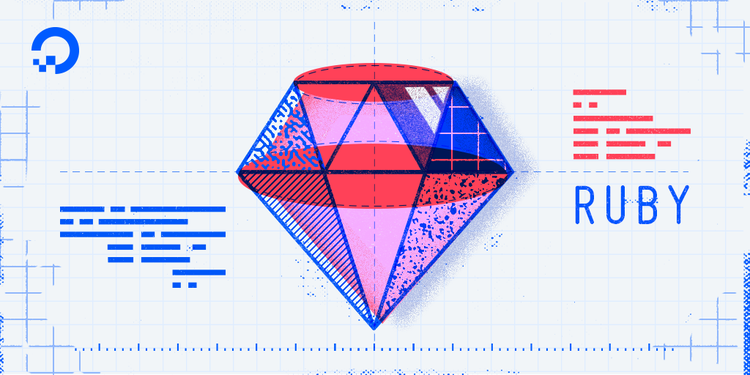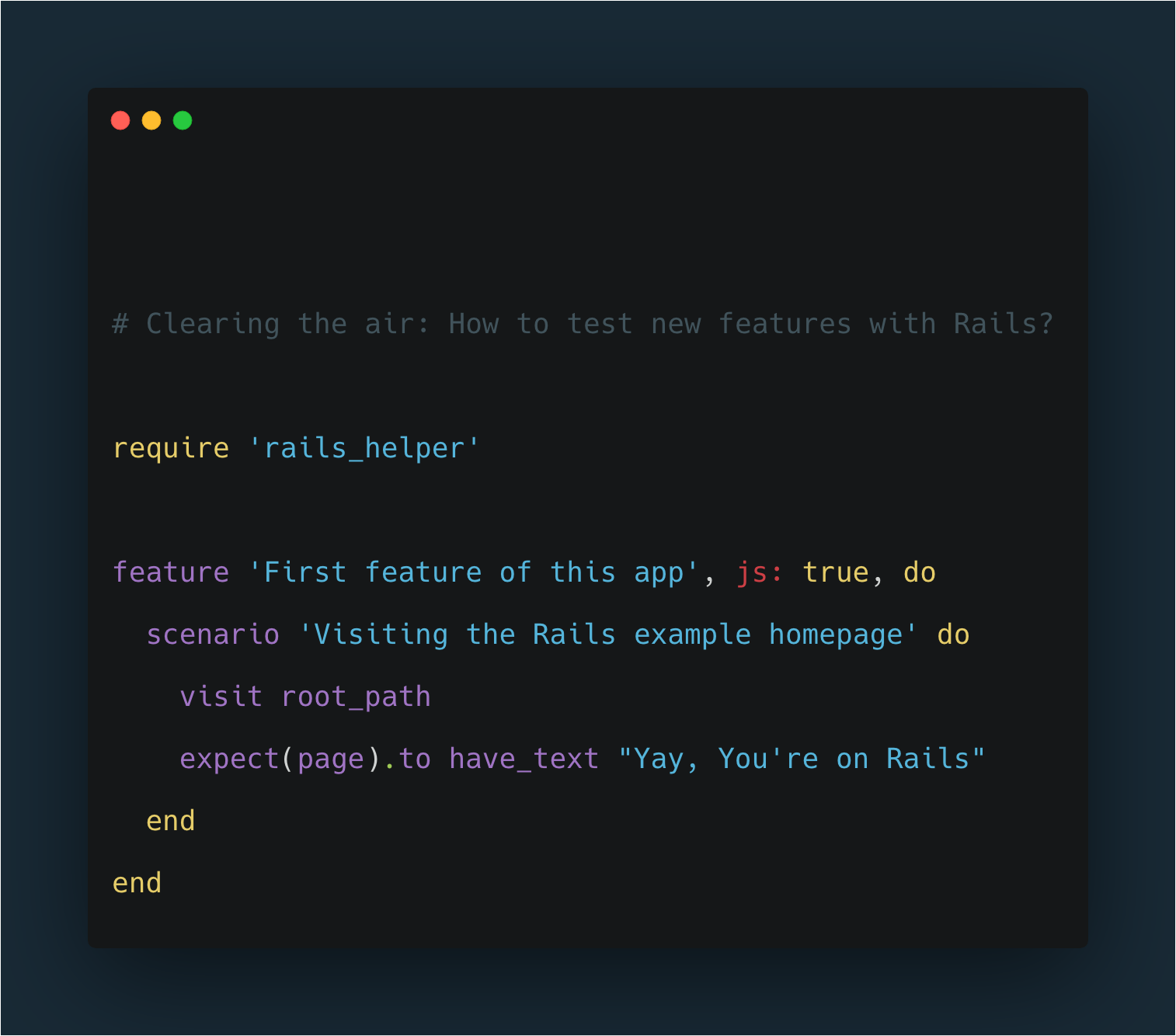Retrieval-Augmented Generation (RAG) has emerged as a game-changing approach in AI applications, natural language processing (NLP), and machine learning. While Python dominates AI development, Ruby provides a powerful, efficient, and production-ready alternative for building scalable RAG systems. In this article, we’ll explore a step-by-step RAG implementation in Ruby, breaking down key concepts, AI-driven text generation, and retrieval techniques, and examining how each component works together to create high-performance AI solutions.
Understanding RAG Architecture
Before diving into the code, let’s understand what makes our Ruby RAG implementation special:
- Thread-safe document store: Handles concurrent requests safely
- Flexible embedding generation: Uses OpenAI’s latest embedding models
- Multi-provider support: Works with both OpenAI and OpenRouter
- Efficient text chunking: Implements smart text segmentation with overlap
- Production-ready API: Built with Sinatra for lightweight deployment
Core Components Deep Dive
Smart Text Chunking
One of the most critical aspects of RAG is proper text chunking. Our implementation uses a sophisticated approach:
def chunk_text(text, max_tokens: 800, overlap: 50)
sentences = text.split(/(?<=[.!?])\s+/)
chunks = []
current_chunk = []
current_tokens = 0
sentences.each do |sentence|
sentence_tokens = TOKENIZER.encode(sentence).tokens.size
if current_tokens + sentence_tokens > max_tokens
chunks << build_chunk(current_chunk, overlap)
current_chunk = current_chunk.last(overlap)
current_tokens = current_chunk.sum { |s| TOKENIZER.encode(s).tokens.size }
end
current_chunk << sentence
current_tokens += sentence_tokens
end
chunks << build_chunk(current_chunk, overlap) unless current_chunk.empty?
chunks
endThis chunking algorithm:
- Preserves sentence boundaries for natural context
- Maintains overlap between chunks to preserve context
- Respects token limits while maximizing content
Thread-Safe Document Store
The DocumentStore class implements thread safety using Ruby's Monitor module:
class DocumentStore
include MonitorMixin
def initialize
super
@documents = []
@index = []
end
def add(chunk, embedding)
synchronize do
@documents << { chunk: chunk, embedding: embedding }
@index << embedding
end
end
endThis ensures our RAG system can handle multiple concurrent requests without data corruption - essential for production deployments.
Intelligent Response Generation
The RAGBrain class orchestrates the response generation with a carefully crafted system prompt:
SYSTEM_PROMPT = <<~SYS.freeze
Eres un asistente especializado en análisis de documentos. Respuestas deben:
- Basarse exclusivamente en el contexto proporcionado
- Ser concisas (máximo 3 oraciones)
- Incluir referencias tipo [1] cuando aplique
- Indicar claramente cuando no haya información suficiente
Contexto disponible:
%<context>s
SYSThis prompt engineering ensures:
- Responses are grounded in provided context
- Clear attribution through references
- Concise and focused answers
- Transparency about information gaps
Production Considerations
Error Handling and Fallbacks
The implementation includes robust error handling throughout:
def embed(text)
return @cache if @cache.key?(text)
clean_text = text.truncate(MAX_TOKENS * 4, omission: "")
response = @client.embeddings(
parameters: {
model: MODEL_EMBEDDINGS,
input: clean_text
}
)
raise "Embedding error: #{response.dig("error", "message")}" if response["error"]
Vector[*response.dig("data", 0, "embedding")].tap do |vec|
@cache = vec
end
rescue => e
puts "Embedding fallback: #{e.message}"
Vector.elements(Array.new(1536, 0.0))
endKey features include:
- Caching for performance
- Fallback vectors for error cases
- Clear error messaging
- Token limit handling
API Design
The Sinatra API provides a clean interface:
post "/ingest" do
text = parse_text(request)
emb_client = EmbeddingClient.new
chunks = emb_client.chunk_text(text)
chunks.each { |chunk| DOCUMENT_STORE.add(chunk, emb_client.embed(chunk)) }
{ status: "success", chunks: chunks.size }.to_json
endDeployment Tips
To deploy this RAG system in production:
- Environment Configuration:
ENV["OPENAI_API_KEY"] ||= ENV.fetch("OPENAI_ACCESS_TOKEN", nil) ENV["OR_ACCESS_TOKEN"] ||= ENV.fetch("OPENROUTER_API_KEY", nil) - Memory Management: The stats endpoint helps monitor system health:
get "/stats" do { documents: DOCUMENT_STORE.size, memory: "%d MB" % (`ps -o rss= -p #{Process.pid}`.to_i / 1024) }.to_json end - Scaling Considerations:
- Use Redis or PostgreSQL for the document store in larger deployments
- Implement rate limiting for API endpoints
- Consider background job processing for document ingestion
Conclusion
Ruby proves to be an excellent choice for building production-ready RAG systems. The language's elegant syntax and robust concurrency support, combined with powerful gems like Sinatra, create a solid foundation for AI applications.
This implementation demonstrates that you don't need complex Python frameworks to build sophisticated RAG systems. Ruby's simplicity and productivity shine through, making it an excellent choice for teams looking to integrate RAG into their existing Ruby applications.
Remember to check the full source code for additional features and optimizations not covered in this article. The modular design makes it easy to extend and customize for your specific needs.
🚀 Want to take your AI-powered applications to the next level? Explore MagmaChat and see how it can enhance your conversational AI solutions!






